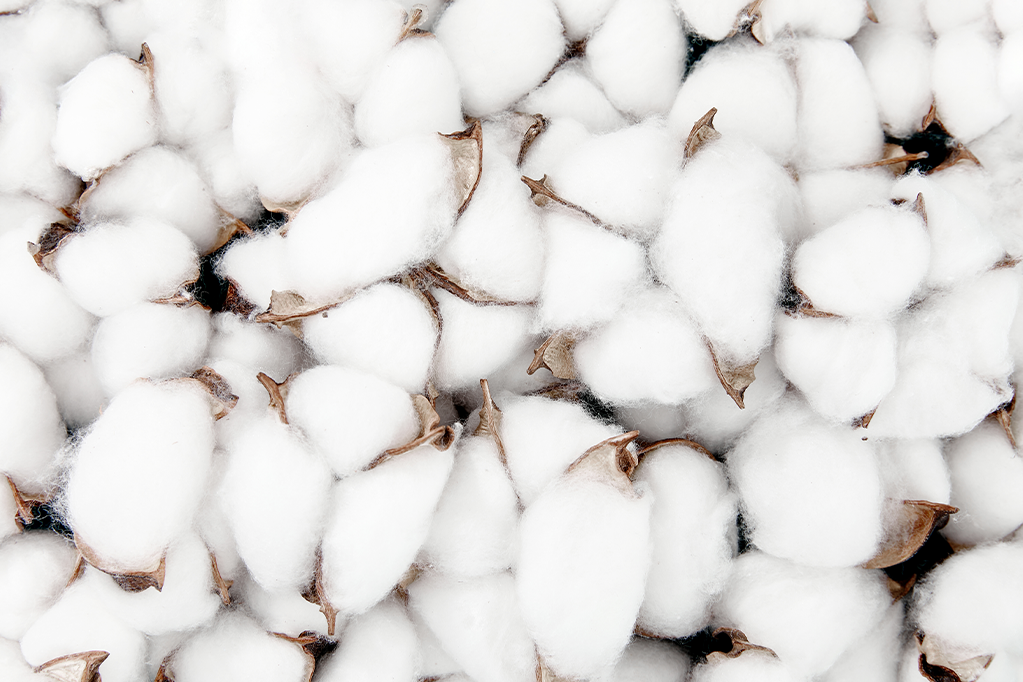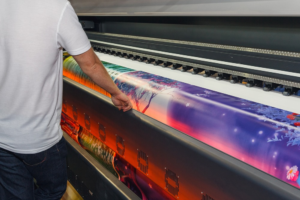The idea of cotton or any other fiber is no more black and white and there are varieties to consider depending on the usage pattern. There is a lot of debate and discussion all across the world connected to the quality of threads and yarns available for regular usage. In fact, recent world affairs have further raised and established the importance of material choices for the textile and apparel industry. Moreover, the traceability of material used for clothing and garments has become an important aspect to consider.
Why traceability?
The U.S. ban on cotton coming from Xinjiang has recently brought the world face to face with a list of worries and how important supply chain transparency and proof of origin are. But disjointed textile supply chains make it challenging for brands to uphold material transparency and traceability, from fiber production to retail. Added to this, the supply chain disruptions caused by Covid-19 have made brands aware of how important supply chain transparency is and that the concept is just not one for the books. So, traceability is nothing but the need to be transparent and be able to know the sources of each material used to stitch together an order from scratch.
Traceability makes the whole industry accountable and it also gives information on everything right from the grassroots level to the finished goods.
How does DNA traceability work?
Keeping the concept of traceability into account let’s look at the organic cotton available in India. Recently, the Indian organic cotton industry has been brought under the spotlight as doubts were cast on whether the cotton sold as ‘organic’ in India is actually ‘organic’. This is where the concept of DNA traceability can work and experts believe that any such hassles or objections in the future can also be resolved using DNA traceability, easily.
Digital tools such as blockchain are only as reliable as the data uploaded into them. But, the concern arises when the textile product is blended or exchanged across complex supply chains. This is where blockchain alone would not detect it. With DNA traceability at play, the right technology is put to work that turns the product itself into the carrier of information about its origin and journey along the supply chain.
Most companies working with DNA traceability develop a unique DNA marker for every producer, product, or batch, then directly apply it to the fiber at the beginning of the supply chain. The verification is done with a PCR test—the same used to detect Covid-19—on the final garment or intermediate product. For security, to detect the initial marker you need a unique counteragent that works as a key-lock-system. This makes the technology fraud-proof and provides reliable data.
The DNA traceability for future
Though APEDA has implemented the National Program for Organic Products (NPOP) and has created its own traceability service called Tracenet, it falls short of ensuring that the natural fibre is 100 percent organic. However, DNA tagging and tracing with the help of forensic traceability technology can act as a saviour. Not only organic cotton, but a list of similar products that are being stopped or doubted all across the globe owing to traceability issues can now easily pass the confusion and ride over all doubts through the right DNA assessment.
Most of this doubt concerning organic cotton from India is stemming from the doubtful widespread consensus definition of what is organic. In general, organic crops are those that meet two broad criteria: no usage of GMO seeds and no chemical-based fertilizers, pesticides, and herbicides. Along with that, organic products must be produced in a manner that conserves natural resources and biodiversity. However, the concept is still very vague and does not focus on a uniform pathway for growth. That’s where the confusion starts and that’s why just a mere stamp of certification citing the organic make or produce details of cotton is not enough to define it as organic and something more powerful such as the DNA traceability is needed to give a long-stay proof of the origin and source of the cotton.
This is a path-breaking move and can certainly change the way we envision organic cotton and prove its existence to the global audience.




